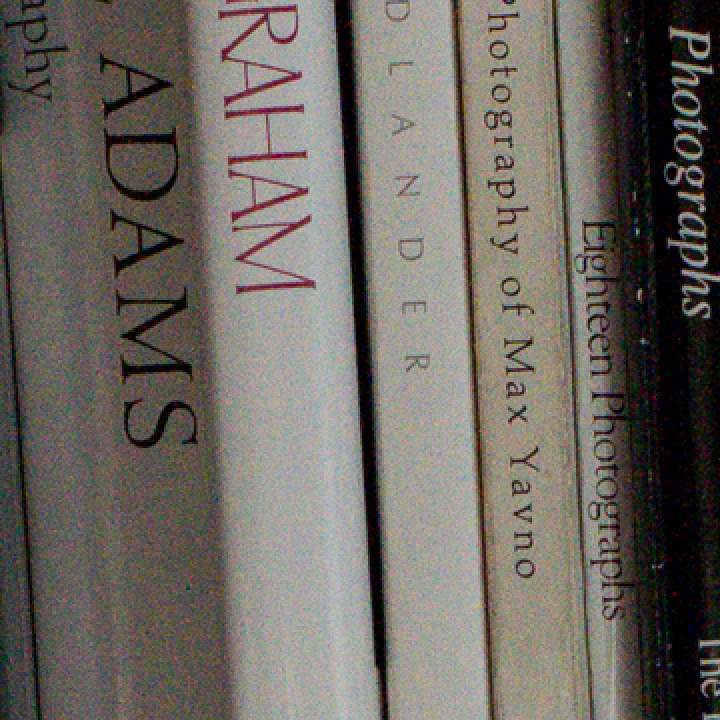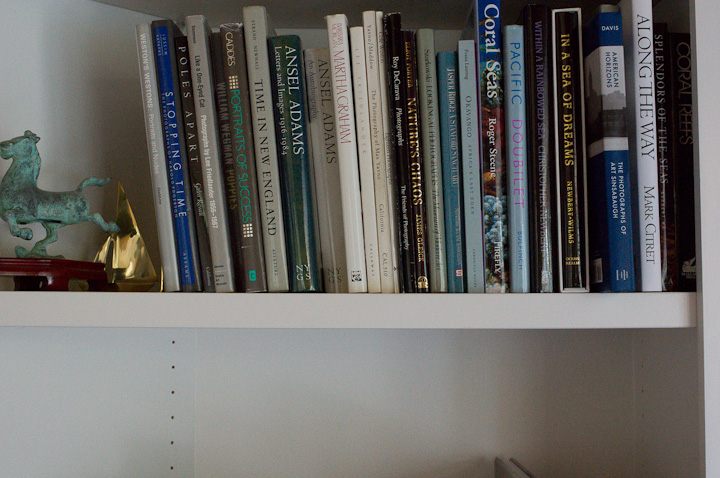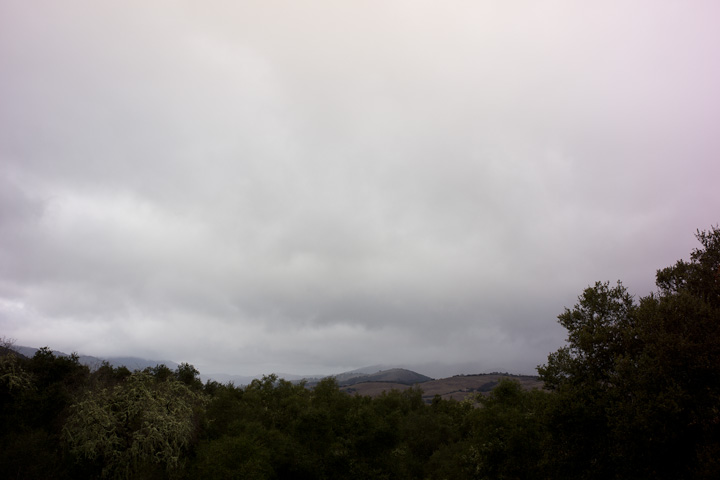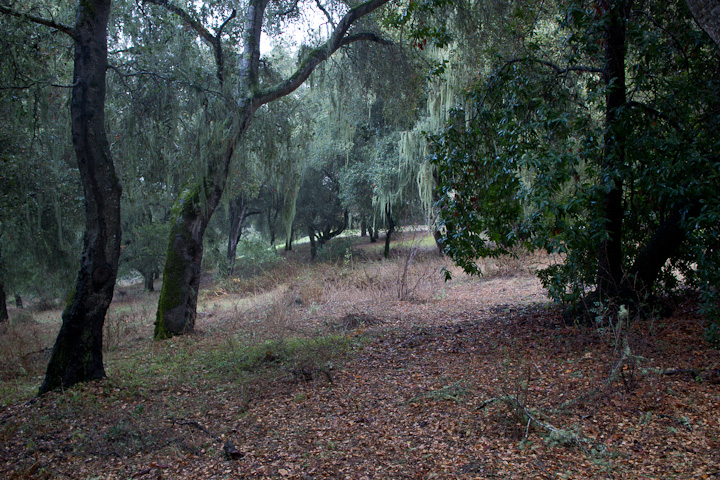Bicubic sharper is probably not the best interpolation technique to average out noise. I next tried just plain bicubic. The crop of the NEX-5 image looks like this: The crop of the NEX-7 image looks like this: The crop of the D3s image looks like this: Here’s the Nikon image sharpened to match the Sony… [Read More]
Noise vs resolution — part 1
It’s a truism that sensors with larger photosites have less noise. But you can reduce noise by combining information from small photosites into fewer pixels than with a standard Bayer conversion. In my mind, this is ideally performed before demosaicing, but raw converters don’t, in my experience, allow to to choose the resolution rendered by… [Read More]
NEX-7 — purple corners compared to NEX-5
I didn’t remember having trouble with purple corners with the NEX-5, so I thought I’d run a test. I took photographs of a cloudy sky with both the NEX-5 and the NEX-7. I used my worst lens for generating purple corners, the Leica Elmar f/3.8 24mm. I set it to its worst aperture for purple… [Read More]
NEX-7 — manual focusing experiments
Chastened by my inability to achieve consistently accurate autofocus touchup with the Zeiss Sonnar f/1.8 on the Sony NEX-7, I made a series of 50 photographs using manual focus and analyzed the results. The only important difference between the focusing experience using autofocus override and that using manual focus on the NEX-7 with Sony lenses… [Read More]
NEX-7 — more Zeiss 24mm autofocus testing
Yesterday morning, I set out to make a series of pairs of images, letting the NEX-7 focus the first image in the pair, and manually focusing the second. The images did not turn out the way I expected. I expected to catch the NEX-7 making autofocus mistakes. Now that I understand the limitations of the… [Read More]
- « Previous Page
- 1
- …
- 512
- 513
- 514
- 515
- 516
- …
- 577
- Next Page »



